Herbal Oil Extraction Machine
16000 आईएनआर/Unit
उत्पाद विवरण:
- ऑटोमेशन ग्रेड Automatic
- पावर सोर्स Electric
- मटेरियल
- क्षमता किलो/घंटा
- कम्प्यूटरीकृत
- ऑटोमेटिक
- वोल्टेज वोल्ट (v)
- अधिक देखने के लिए क्लिक करें
X
मूल्य और मात्रा
- 1
उत्पाद की विशेषताएं
- 1 Year
- वोल्ट (v)
- Electric
- , ,
- Automatic
- किलो/घंटा
व्यापार सूचना
- , , , , , , , ,
- , , , , , , , , , , , , , , , , , , , , , , , , , , , , , , , , , , , , , , , , ,
- ISO
उत्पाद वर्णन
Cold Press Extraction Machines- Method Uses mechanical pressure to squeeze out the oil without applying heat
- Advantages Preserves the natural qualities and aroma of the essential oils
- Applications Commonly used for extracting oils from citrus fruits like oranges and lemons and some nuts and seeds
2 Steam Distillation Units
- Method Uses steam to vaporize the essential oils which are then condensed back into liquid form
- Advantages Effective for extracting essential oils from herbs flowers and leaves
- Applications Widely used for distilling oils like lavender peppermint and rosemary
3 Solvent Extraction Machines
- Method Uses chemical solvents to dissolve essential oils from plant material followed by the removal of the solvent
- Advantages Can extract oils from delicate flowers and other materials where other methods might not be as effective
- Applications Often used for extracting jasmine vanilla and other highvalue essential oils
4 CO2 Extraction Machines
- Method Uses supercritical carbon dioxide to extract essential oils The CO2 is pressurized and heated until it reaches a state where it can act as a solvent
- Advantages Provides a high yield and preserves a wide range of plant compounds Its also considered to be a cleaner process compared to solvent extraction
- Applications Suitable for highquality essential oils such as those used in highend cosmetics and aromatherapy products
5 Hydrodistillation Units
- Method A combination of steam and boiling water is used to extract essential oils
- Advantages Suitable for plant materials that require prolonged boiling
- Applications Used for herbs and plants where gentle boiling is necessary
Tell us about your requirement

Price: Â
Quantity
Select Unit
- 50
- 100
- 200
- 250
- 500
- 1000+
Additional detail
मोबाइल number
Email


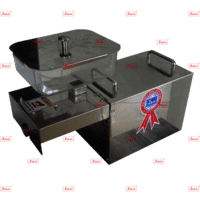
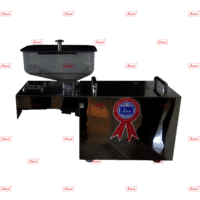



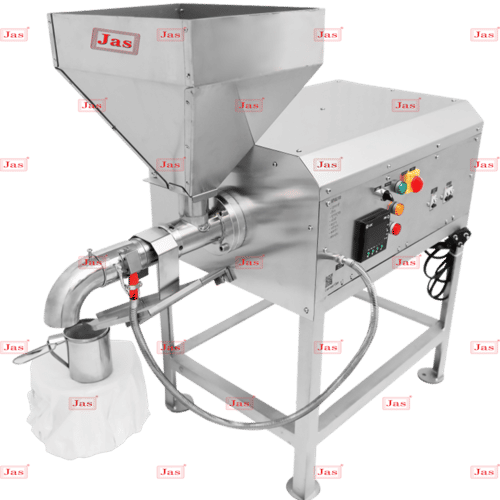
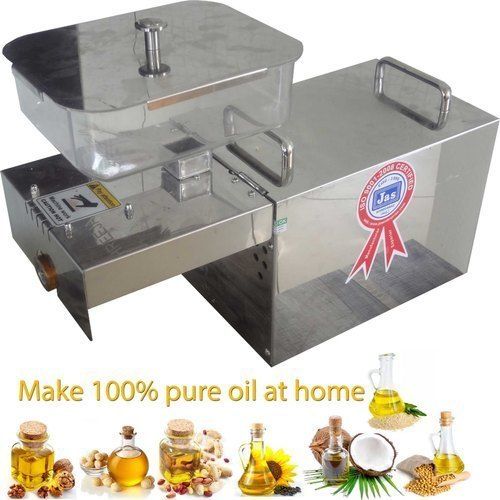
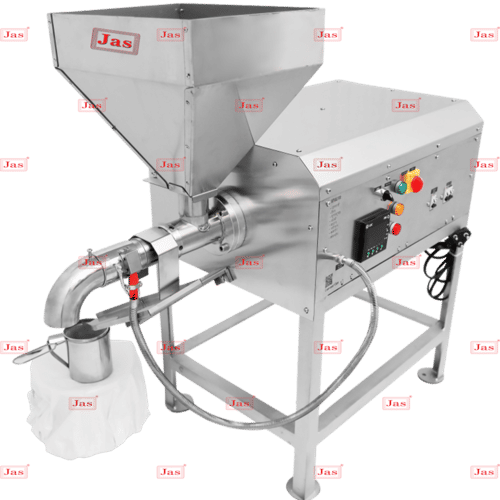
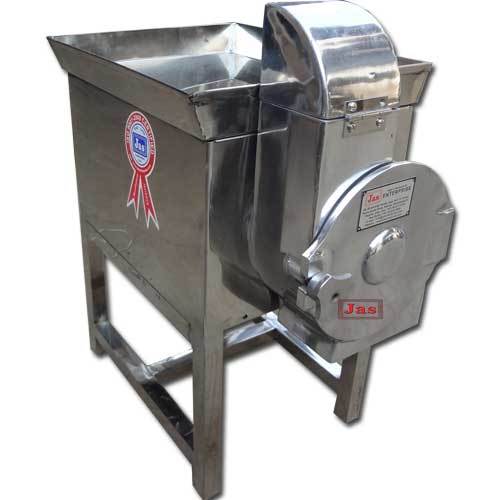


 जांच भेजें
जांच भेजें एसएमएस भेजें
एसएमएस भेजें